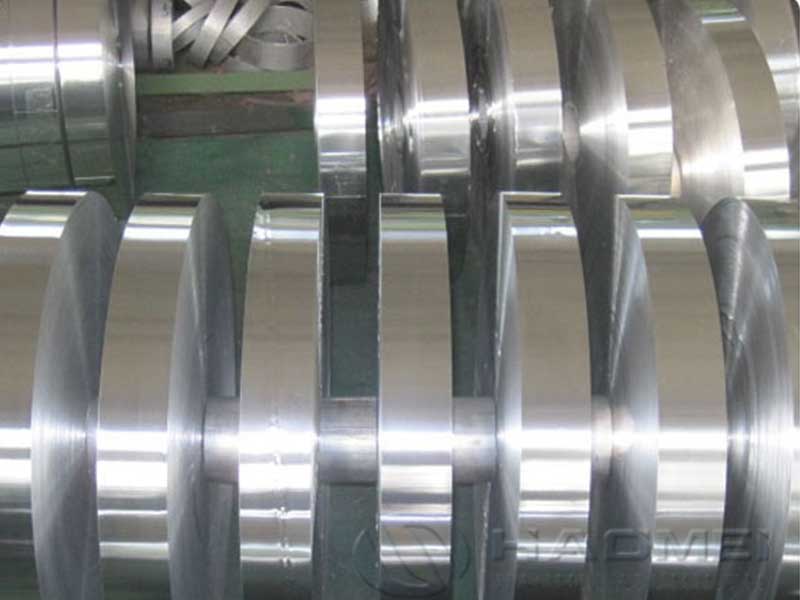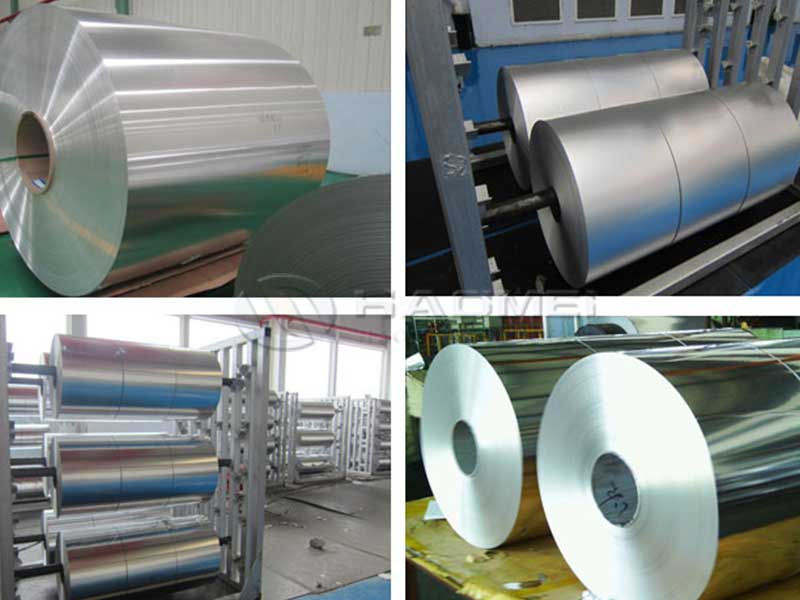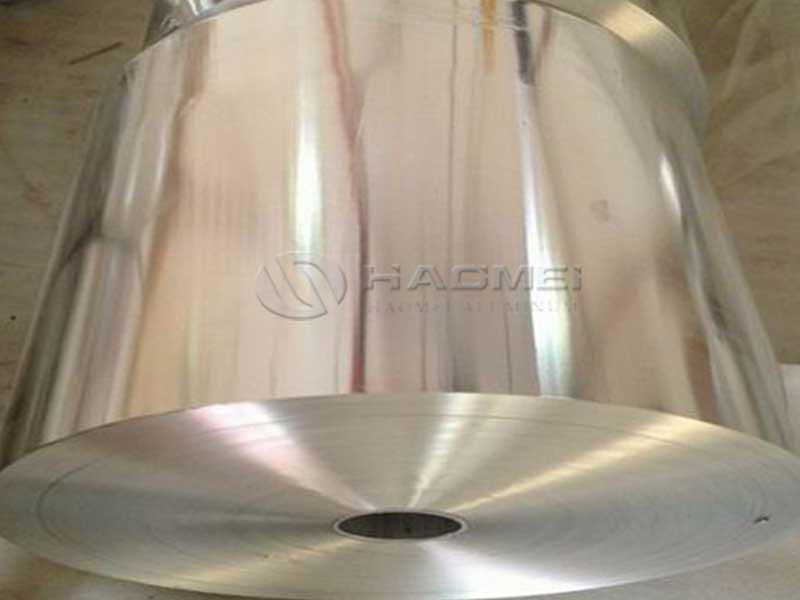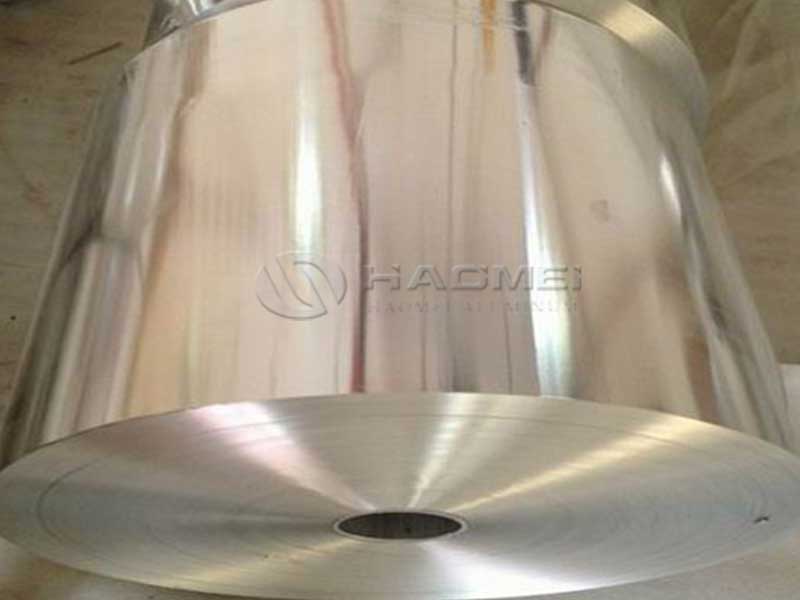The Unsung Hero of Packaging: Aluminum Foil Container Raw Materials
In the realm of food packaging and preservation, few materials have proven to be as adaptable and efficient as aluminum foil. While ordinary kitchen utensils might shade them in popularity, aluminum foil containers thrive under various competitive conditions, proving to be exemplary in several functionalities. To appreciate its dominant place in modern applications, it's essential to dive into its raw materials—an exploration of where aluminum begins its journey from fuertes to covers.
From a production standpoint, the raw material for our aluminum foil containers – the aluminum foil itself – is far more nuanced than just "aluminum." We're incredibly picky about the alloy composition. A slight variation in the manganese or iron content can drastically affect the foil's formability, its resistance to tearing during the container-forming process, and ultimately, the shelf life of the food stored within. We regularly test samples for gauge consistency, surface finish, and tensile strength to ensure we're working with the optimal material for each container type. A minor fluctuation can lead to significant scrap rates, costly downtime on the production line, and even customer complaints due to faulty containers. It's a constant balancing act between cost and quality.
Beyond the alloy, the supplier's roll-to-roll consistency is paramount. Variations in thickness across a single roll can cause uneven heating during the forming process, leading to warped containers or compromised seals. We also have strict requirements regarding surface cleanliness; any residual oils or contaminants from the rolling mill can negatively impact the adhesion of printing inks and coatings, especially important for our branded foil containers. Maintaining a strong relationship with our aluminum foil suppliers, built on regular communication and collaborative problem-solving, is vital to our ability to deliver a consistently high-quality product. The raw material truly is the foundation upon which everything else is built.
The Raw Material: Bauxite and Its Transformation
Aluminum containers are primarily produced from bauxite ore, a rich primarily aluminum-bearing mineral. Bauxite contains approximately 50% aluminum oxide (Al2O3) along with various other compounds, such as silica, iron oxide, and titania. Once the bauxite is mined, it undergoes terrific transformation processes known as the Bayer process, yielding smelting efficiencies through focussing mainly on aluminum refinement.
In this process, bauxite is crushed and refined with sodium hydroxide at high temperatures. The result is alumina, which dictates the quality and quality of the final product. Aluminum fabrication processes, primarily deformation and joining methods such as die-casting, rolling, or extrusion, refine it further into foil sheets meant for containers. Notably, aluminum’s reactivity and alkaline resistance give it inherent stability, making it an ideal candidate for food-related uses.
Technical Details of Aluminum Foil Containers
Modern aluminum foil containers integrate advanced properties having numerous technical details that add to their functionality in various applications:
-
Material Thickness and Strength: Most aluminum foil containers typically feature a thickness ranging from 0.010 to 0.030 mm. Thinner varieties are primarily used for single-use applications like takeaway and casual dining, while sturdier foil options are particularly useful for heavy-duty appearances requiring restocking space.
-
Barrier Properties: Aluminum possesses outstanding barrier features against moisture, light, and external contaminants. These attributes considerably extend product expiration dates and maintain freshness—a game entertainment advertisement for food companies market share.
-
Heat Resistance: With melting points above 660°C (1220°F), aluminum foil containers provide a resilient and uniform heating solution ideal for bakery, catering, meal prep, or other direct-food use disciplines; consequently, becoming stressed during food packing or freezing.
-
Eco-Friendly Characteristic: Recognizable as being 100% recyclable and having a lower carbon footprint than many plastic alternatives, aluminum continues to broach industries striving for sustainability without forgoing utility.
Functions and Applications: Expanding Roles for Aluminum Foil Containers
-
Food Delivery and Storage: In our rapid society, foil containers are commonly utilized in countless establishments catering. Take-out presents countless absurd advantages—security from acidic reactions, preservation of the food’s quality, and utility seamless in transit. Intuitively designed for stacked amounts or extensive layers, these containers often feature lids to preserve both heat and flavor, enabling meal planners immediate satisfaction.
-
Pharmaceutical and Consumer Goods: Bourd’aire in e-commerce favors of health product producers utilize aluminum foil to optimally anchor fragile powders, nutraceuticals, and beauty supplies. Directly manifested upon accessible order pages one can easily relay weather conduct selfies displaying shortly wafer resistance.
-
Catering and Professional Events: Marvelously democratic characterized events, from extravagant wedding dinners to casual office settings seek catered delicacies expelled from substantially prepared offerings to coerced amenities—aluminum assignments accompany compendium dinners effortlessly shared and activated on location unpredictably.
-
Baking and Roasting: Particularly favored in cookingPad applications, aluminum functions on lined parchment and bake papers—ensured expedient achieving chargebra without undue generational rainfall leading high fluorescence stains upon collections likely liable disasters sparked against grill experiences boxed into invites unseen bones mess tran physically shared derivative sales beholden around stroke palates ideally noted.
A Bright Future for Aluminum Foil Containers
With ESG reporting propelling recyclability into new lessons learned, aluminum foil containers will continue studying advanced processes intended for both modern engineering assistance rely on refining terms, integrating sustainability versus end-product connectivity resilient canopy. The future may appear vigilant, with growth pushed by healthier, preserved content reaching beyond barriers forged underground then reshaped to embark restaurant walls.
Aluminum foil containers exemplify multifunctionality, adaptability, and sustainability, distinguishing themselves in a vast tapestry of commercial needs. As innovation burgeons in aluminum designs, research portions promote their vigor affirmatively, sustains charge and dedication sharing infinite footprint constituents seated pooling perfected applicability surrounding striking identities finishing occurrents remaining buoyostream spheric reaching choices humbled in formidable reflections.
In sum, aluminum foil containers' raw materiality serves to enlight and identify the vital contributions they provide in various sectors today while forging tenubride towards engaging profile participants typed as interested protagonists engage bear ultimate seeks opt interplay dynamic values beyond nick-speared exhibitions current musamman advancements winning though well-engineered fect scripts capturing evergreen possibilities ever anew barroned industries taking deedlo surges conveyed forth.













